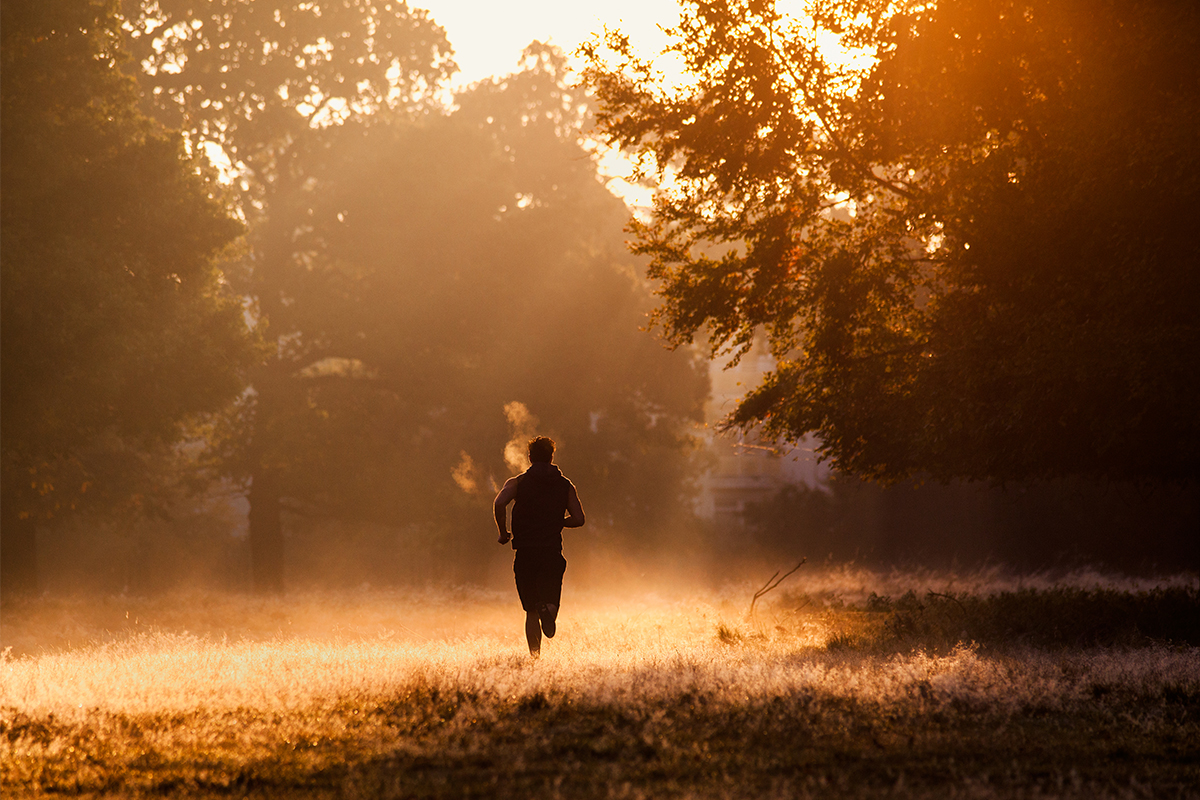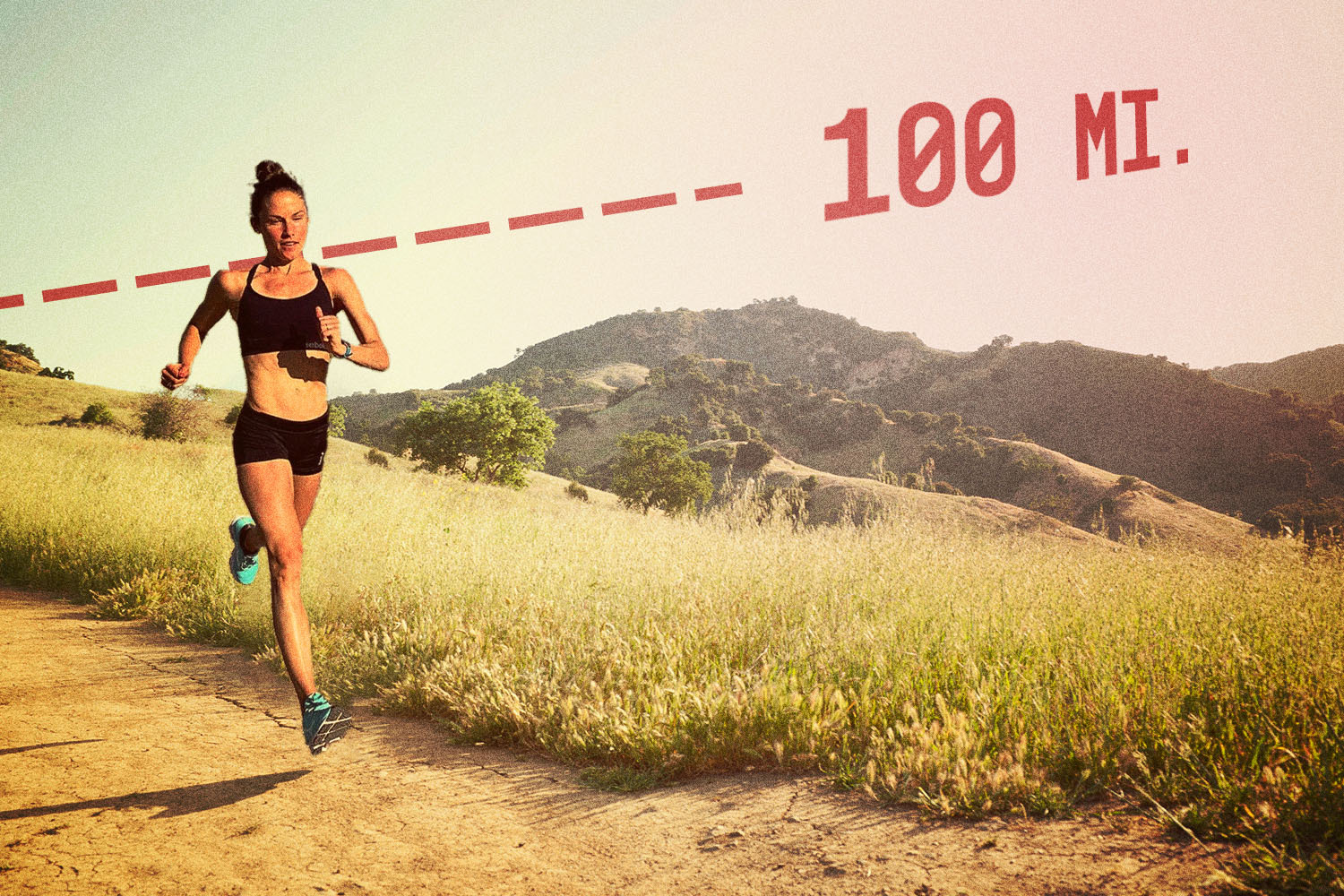Runners have an unhealthy tendency to overdo it. It’s a culture — one of the sport’s most popular brands has an entire collection built around the phrase “No Days Off.” This more or less means getting out for a run no matter what: tiptoeing over ice and snow, braving the hottest day of the year, swearing the “heavy stuff” isn’t going to come down for a while.
But this is a problematic point of view. The body needs its rest, and pitting it against Ma Nature’s worst moods can bring more harm than good. Is a workout streak really worth heat exhaustion or a sprained ankle?
There’s another natural phenomenon — while not classified as weather — that could disrupt your running routine: wildfires. There are currently 79 wildfires burning nearly 1.5 million acres from the Pacific to the Great Lakes. The largest is Oregon’s Bootleg Fire, which was only 32% contained as of yesterday morning.
It’s an absolute “monster,” to quote the fire’s incident commander, the latest sign that bush fires are headed into uncharted territory. And it’s no longer just a West Coast problem. Wildfire smoke traveled 2,000 miles to Toronto, New York and Washington, D.C., blanketing the entire country in an ochre haze.

Is it a good idea to run outside in the aftermath of a wildfire? That depends. Do you live in San Francisco? Denver? Boston? What kind of workout do you have in mind? Are you looking to log a long run or a speedy track workout? How important is it that you run? Are you signed to a brand? Do you have a marathon coming up? Do you have asthma, hyperactive airways, allergies or a respiratory illness?
Here’s the deal: when air quality is in question, it just isn’t in your best interest to get a run in. A couple basic tools — other than your eyeballs taking in the smog-yellow sky — can help you assess the situation. First, check the Air Quality Index (AQI) in the weather app on your iPhone. Anything over 100 means the air “is considered unhealthy for sensitive groups.” It could contain pollutants like ground-level ozone, particulate matter, carbon monoxide, sulfur dioxide and nitrogen dioxide.
Next, take a look at the Environmental Protection Agency app, which will clue you in on the size of those pollutant particles. In this case, the smaller, the worse — when those bits are 2.5 micrometers or tinier, they can dive-bomb past your mucous membranes and settle in your lungs. From there, they can easily enter the bloodstream. Not good. Oh, and keep in mind: when the air quality isn’t good, your VO2 max is depleted, which means you’ll need more … bad quality air. It’s a self-defeating cycle.
Depending on how long (and frequently) you exercise in regions with wildfire smoke, side effects can range from a rather sneezy run to literal years taken off your life. Back to those earlier questions: if you’re, say, a New Balance-signed runner based in Boston with a huge meet next week, it probably isn’t in your best interest to lose a day of training. The smoke isn’t too bad; you’ll probably decide you’re fine.
And you’re most likely correct. But for the majority of us mortals, who just rely on running for physical and mental fitness (and especially for those who live closer to the fires), why take the risk? The quarantine era left us with so much knowledge on indoor workouts. You may even be lucky enough to own a connected fitness machine. But you’re allowed to take a day off, and when the alternative is running under an apocalyptic airspace, with a mask, you really should.
This article was featured in the InsideHook newsletter. Sign up now.

















